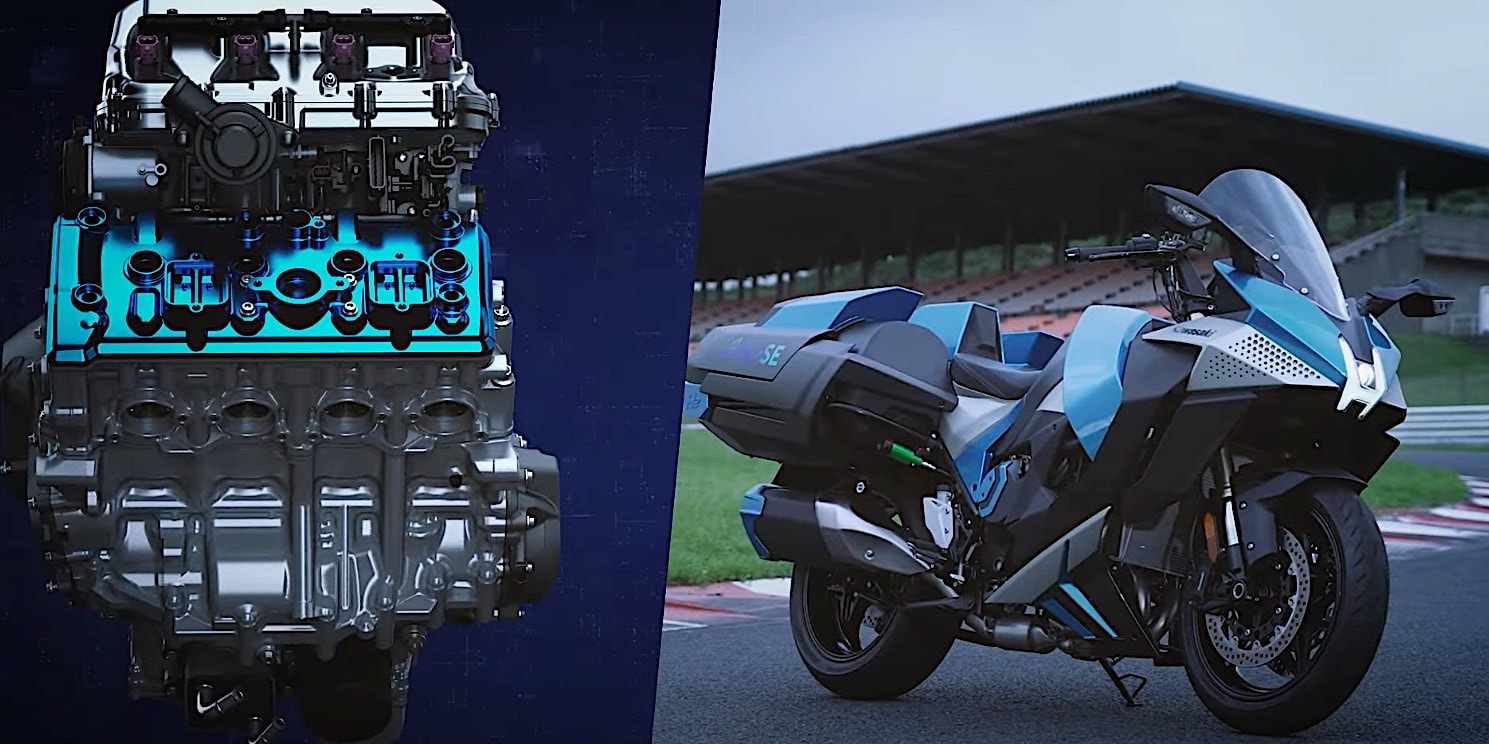While electric cars have seen rapid adoption, alternative propulsion systems for motorcycles remain largely unexplored. Hydrogen-powered bikes, in particular, are a rarity. However, Kawasaki has recently made a groundbreaking stride in this field.
The iconic Ninja H2 has been transformed into a hydrogen-powered marvel, marking a world-first for mass-production motorcycle manufacturers. This modified machine, equipped with a hydrogen fuel system and a converted supercharged engine, completed its public debut at the Suzuka Circuit.

Although not a standard Ninja, this prototype showcases the potential of hydrogen as a viable fuel source for motorcycles. Kawasaki’s hydrogen-powered Ninja prototype is a quiet departure from traditional motorcycles. Unlike the roaring engines we’re accustomed to, this model produces a gentle hum, reminiscent of a household appliance.
While the bike’s environmental impact is significantly reduced, emitting primarily water vapor, a small amount of carbon dioxide is produced due to engine oil combustion. Despite its early stage of development and the current lack of hydrogen infrastructure, Kawasaki aims to deliver a hydrogen-powered motorcycle that retains the thrilling riding experience associated with their brand.
This project aligns with a broader industry initiative involving other major Japanese motorcycle manufacturers and Toyota, focusing on developing hydrogen-powered vehicles and the necessary supporting infrastructure.

